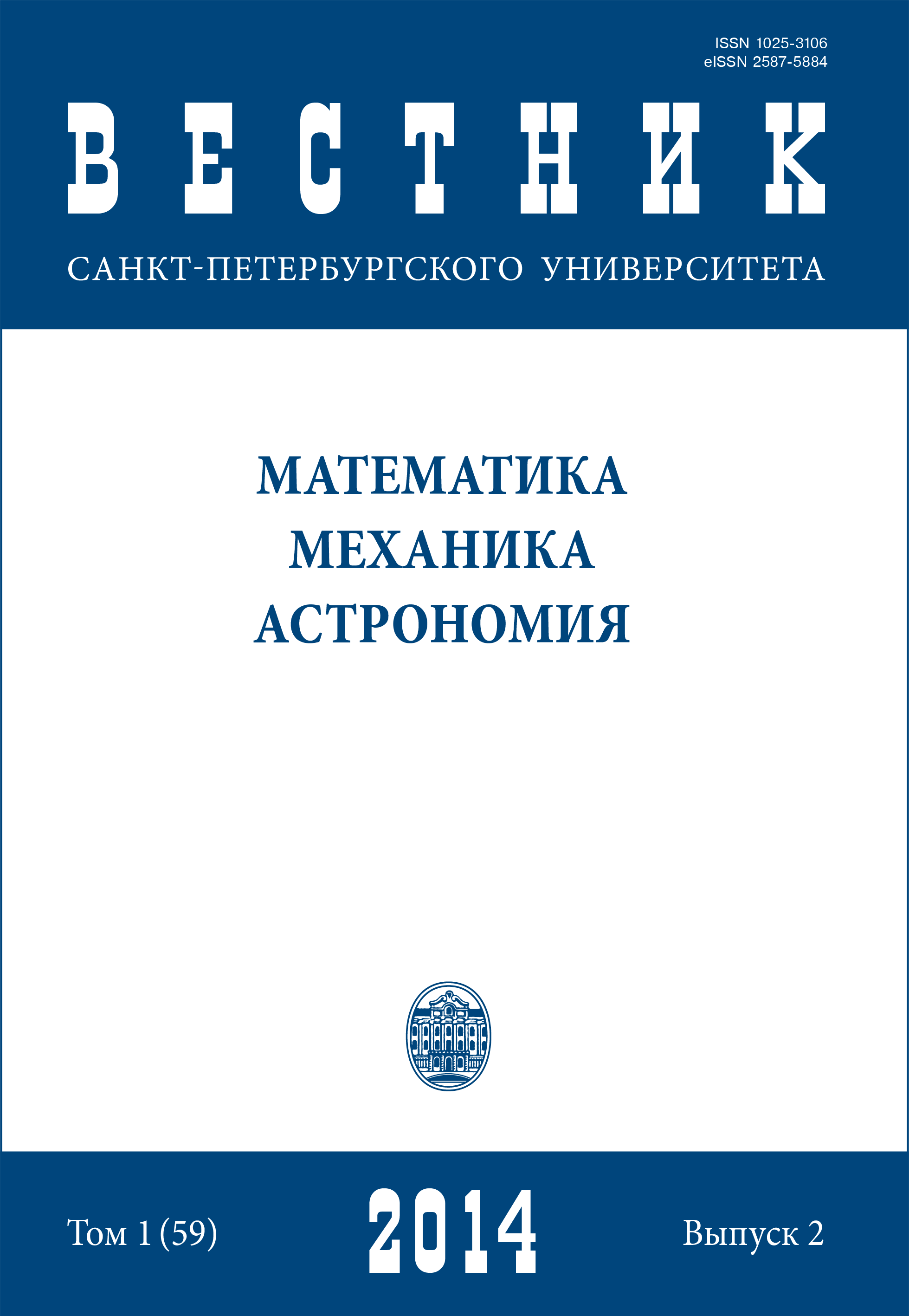Infuence of aileron position on transonic flow past an airfoil
Abstract
The transonic flow past a Dsma523b airfoil supplied with an aileron is studied in the range of free stream Mach number from 0,81 to 0,85. The airfoil angle of attack varies from −0,5 ◦ to 2 ◦ . The numerical solution of the Reynolds averaged Navier-Stokes equations are obtained with finite-volume solver Ansys CFX. The turbulence models k − ω SST and BSL Reynolds Stress are used. They yield close results. At small angles of attack from −0,5 ◦ to 0,5 ◦ if the aileron doesn’t deviate the airfoil lift coefficient dramatically decreases with increasing of free stream Mach number. If the aileron deviation rise up to 4 ◦ , the lift coefficient weakly depends on Mach number. At the lower boundary of studied Mach number range the aileron few degrees deviation causes abnormally big changes of lift. On the contrary, in the top boundary of Mach number range these changes are abnormally small, and at the aileron deviation from 1 ◦ to 3 ◦ are absent. The increasing of the airfoil angle of attack up to 2 ◦ leads to disappearance of the mentioned anomaly. The abnormal regimes correspond to the various sizes and an arrangement of the supersonic regions adjoining a profile.
Keywords:
numerical study, transonic flow, airfoil, supersonic region, lift coefficient
Downloads
Downloads
Published
How to Cite
Issue
Section
License
Articles of "Vestnik of Saint Petersburg University. Mathematics. Mechanics. Astronomy" are open access distributed under the terms of the License Agreement with Saint Petersburg State University, which permits to the authors unrestricted distribution and self-archiving free of charge.




